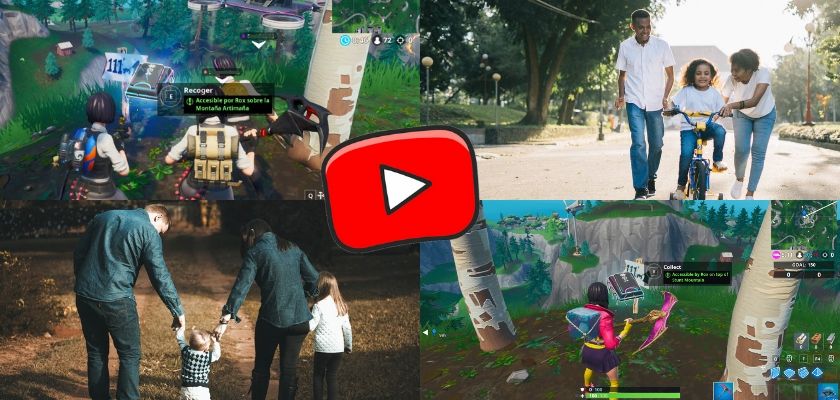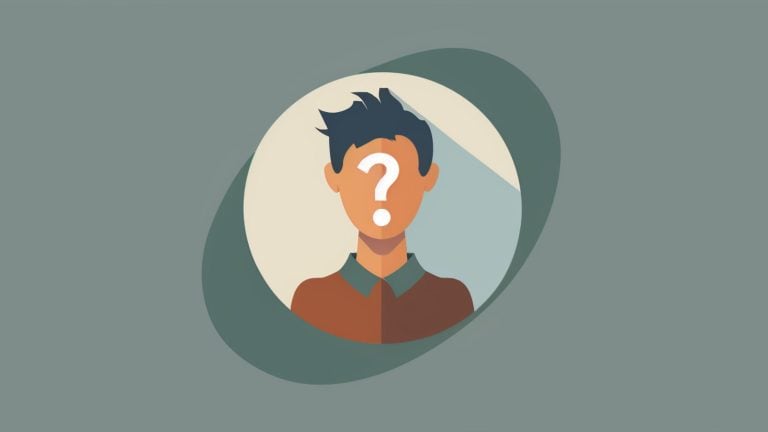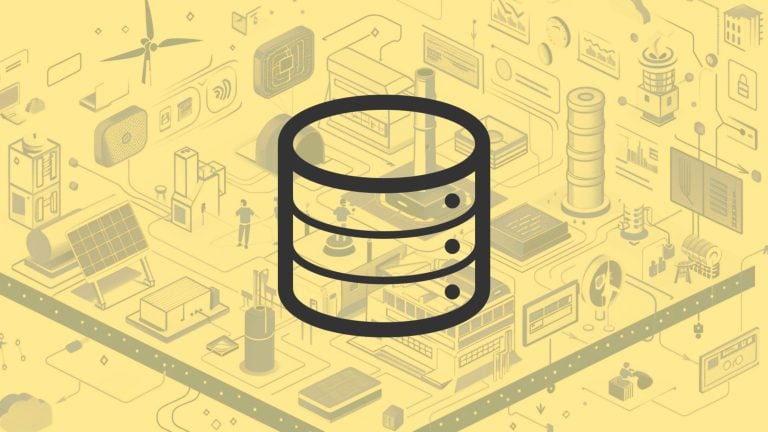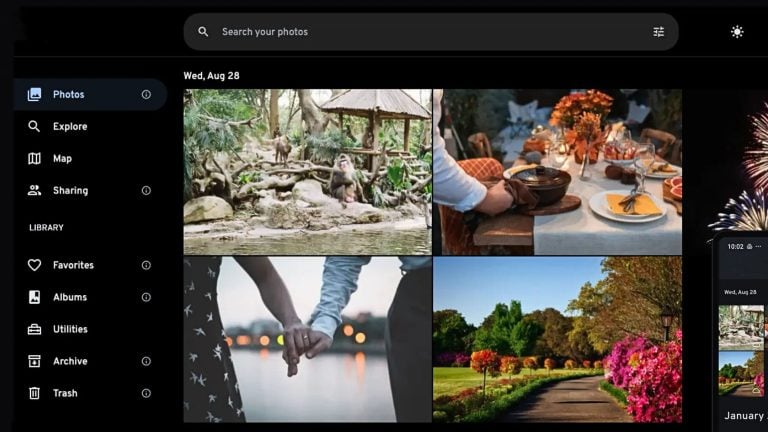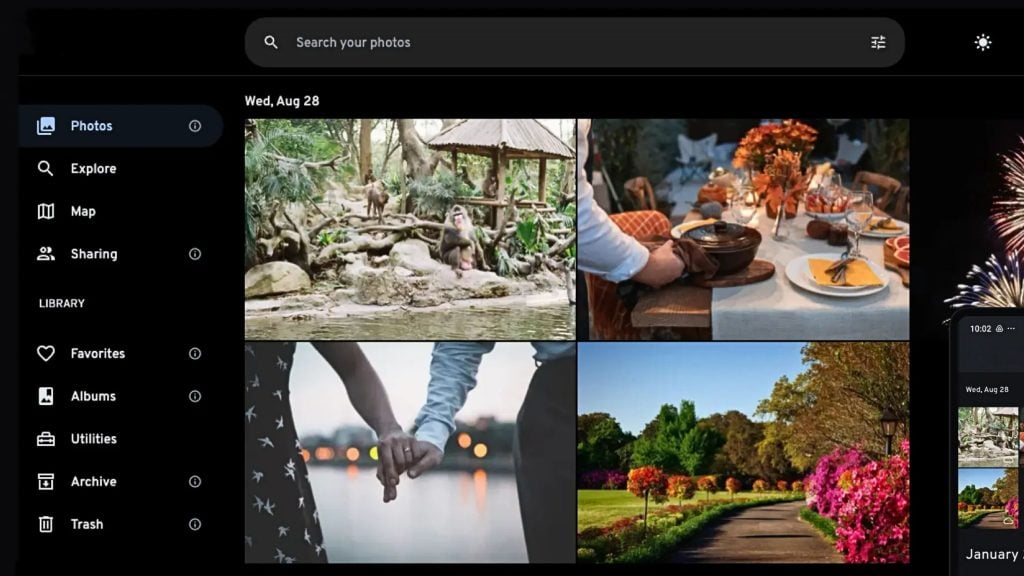YouTube has announced sweeping changes in response to the $170 million Federal Trade Commission (FTC) settlement over alleged violations of the Children’s Online Privacy Protection Act (COPPA) which are likely to make it much harder for family-friendly channels to grow and earn income.
In a blog post, YouTube said it will be making four main changes:
- Data from anyone watching “children’s content” on YouTube will be treated as coming from a child, regardless of the age of the user.
- Personalized ads will stop running on “content made for kids.”
- Features like comments and notifications will no longer be available on “videos made for kids.”
- Creators will have to identify “content made for kids” and YouTube will also use machine learning to find videos in this category.
YouTube doesn’t specify how its machine learning will identify “content made for kids,” “videos made for kids,” or “children’s content.” The lack of clarity means that all kinds of family-friendly channels or channels that produce content that contains some kids themes could have their personalized ads, comments, and notifications removed as a result of these changes, even if the content isn’t made for children.
For example, gaming channels that feature Fortnite, Minecraft, and other games that are popular with kids could be hit by these changes, even if their target audience is gamers of all ages. Family vlogging channels could also be impacted by these changes, even if their target audience is moms.
YouTube offers little in the way of solutions for creators who may be impacted by these changes and simply tells them that they have four months to get ready before announcing that YouTube will be spending $100 million on what appears to be its own original kids content:
“We know these changes will have a significant business impact on family and kids creators who have been building both wonderful content and thriving businesses, so we’ve worked to give impacted creators four months to adjust before changes take effect on YouTube. We recognize this won’t be easy for some creators and are committed to working with them through this transition and providing resources to help them better understand these changes.
We are also going to continue investing in the future of quality kids, family and educational content. We are establishing a $100 million fund, disbursed over three years, dedicated to the creation of thoughtful, original children’s content on YouTube and YouTube Kids globally.”
The impact of these changes is likely to be significant for creators who will have no way to notify their followers of new content or engage with their audience if YouTube’s machine learning decides that a video is directed at children.
In addition to the changes made by YouTube, the Director of the FTC’s Bureau of Consumer Protection Andrew Smith has said that creators who don’t correctly label their content as “child-directed” could be held liable for COPPA violations:
“We would have strong penalties in future cases against content creators and channel owners, as well — particularly when we would have a situation where the channel owner was specifically asked ‘are you child-directed?,’ and the channel owner said ‘No.’”
Smith’s statements raise similar concerns around the lack of clarity when classifying kids’ content. For example, a gaming channel which targets gamers of all ages and says that their content isn’t child-directed could be hit with a COPPA penalty if the FTC decides some of the games they play are “child-directed.”
The wider impact of these changes is that YouTube is now making it harder for all channels to grow on the platform, regardless of whether their content is deemed to be for kids.
Earlier this week, YouTube released statistics showing that the number of videos and channels it removed for “hate speech” in Q2 2019 increased 5x. YouTube’s “hate speech” rules often unfairly impact historical content, independent journalism, and other types of content that are aimed at adults. YouTube also suggested that the rate of removals for “hate speech” will increase in the coming months.
The overall result is that channels which produce content for adults are increasingly at risk of having their content deleted, demonetized, or suppressed for violating YouTube’s “hate speech” rules while channels that produce “content for kids” will have personalized ads, comments, and notifications stripped away.

